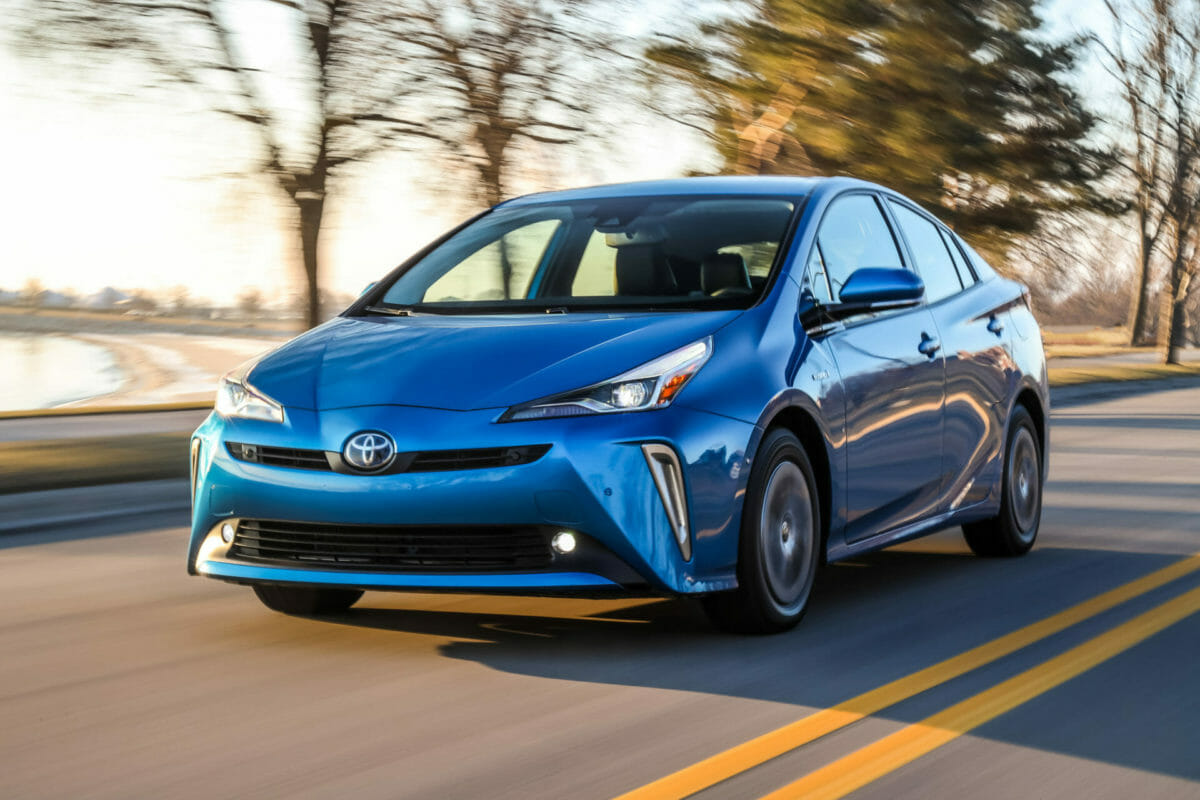News Blast: Your Daily Update
Stay informed with the latest news and trends.
Fuel Savvy: Drive Smart, Save Big
Unlock the secrets to smarter driving and bigger savings with Fuel Savvy! Discover tips that fuel your wallet and cut your costs today!
Top 10 Tips for Maximizing Fuel Efficiency on Your Commute
Maximizing fuel efficiency on your commute is essential for both your wallet and the environment. Here are the top 10 tips to help you get the most out of every gallon of gas:
- Maintain steady speeds: Avoid rapid accelerations and heavy braking to improve fuel economy.
- Keep tires properly inflated: Under-inflated tires can decrease fuel efficiency, so check tire pressure regularly.
- Lighten your load: Remove unnecessary items from your vehicle to decrease weight, allowing for better mileage.
- Use cruise control: On highways, using cruise control helps maintain a constant speed, conserving fuel.
- Plan your route: Optimize your commute by choosing the shortest and least congested routes.
- Avoid idling: Turn off your engine if you're stopped for more than a minute, as idling wastes fuel.
- Limit air conditioning use: Air conditioning can increase fuel consumption, so use it sparingly.
- Drive at moderate speeds: Keeping your speed between 45-65 mph can improve your fuel efficiency significantly.
- Keep windows closed: At higher speeds, open windows create drag, which can reduce fuel efficiency.
- Schedule regular maintenance: Routine check-ups ensure your vehicle runs efficiently, including oil changes and air filter replacements.

Understanding the Impact of Tire Pressure on Fuel Economy
Maintaining the correct tire pressure is crucial for optimizing fuel economy. When tires are inflated to the appropriate pressure, they provide better traction, reduce rolling resistance, and enhance overall vehicle performance. Conversely, under-inflated tires can lead to increased drag, causing the engine to work harder and consume more fuel. Studies indicate that for every 1 PSI drop in tire pressure, fuel efficiency can decrease by around 0.2%, making regular tire checks essential for both savings and safety.
Moreover, proper tire pressure contributes to a smoother driving experience. When tires are correctly inflated, they wear evenly and last longer, reducing the need for frequent replacements. To ensure optimal tire pressure, drivers should regularly consult their vehicle's manual for the manufacturer's recommended levels and invest in a quality tire pressure gauge. Taking these simple steps can significantly enhance fuel efficiency and promote a safer, more economical ride.
How Driving Habits Can Influence Your Vehicle's Fuel Consumption
Your driving habits play a crucial role in determining your vehicle's fuel consumption. For instance, aggressive driving behaviors such as rapid acceleration and hard braking can reduce fuel efficiency by up to 30%. By adopting a smoother driving style and maintaining a steady speed, you can optimize your fuel usage. Additionally, regular vehicle maintenance, including tire inflation and engine tune-ups, can also enhance your fuel efficiency. Consider employing fuel-efficient driving tips like coasting to reduce speed gradually and avoiding unnecessary idling, which wastes fuel without moving the vehicle.
Moreover, factors such as speed significantly impact fuel consumption, with most vehicles achieving optimal efficiency between 45 to 65 mph. Driving at higher speeds leads to increased aerodynamic drag, which can substantially decrease fuel efficiency. Incorporating techniques like anticipating traffic flow, planning routes to avoid heavy congestion, and using cruise control on highways can help in maintaining an economical driving style. By making a conscious effort to modify your driving habits, not only can you save fuel, but you can also contribute to a lower carbon footprint and reduce overall fuel expenses.